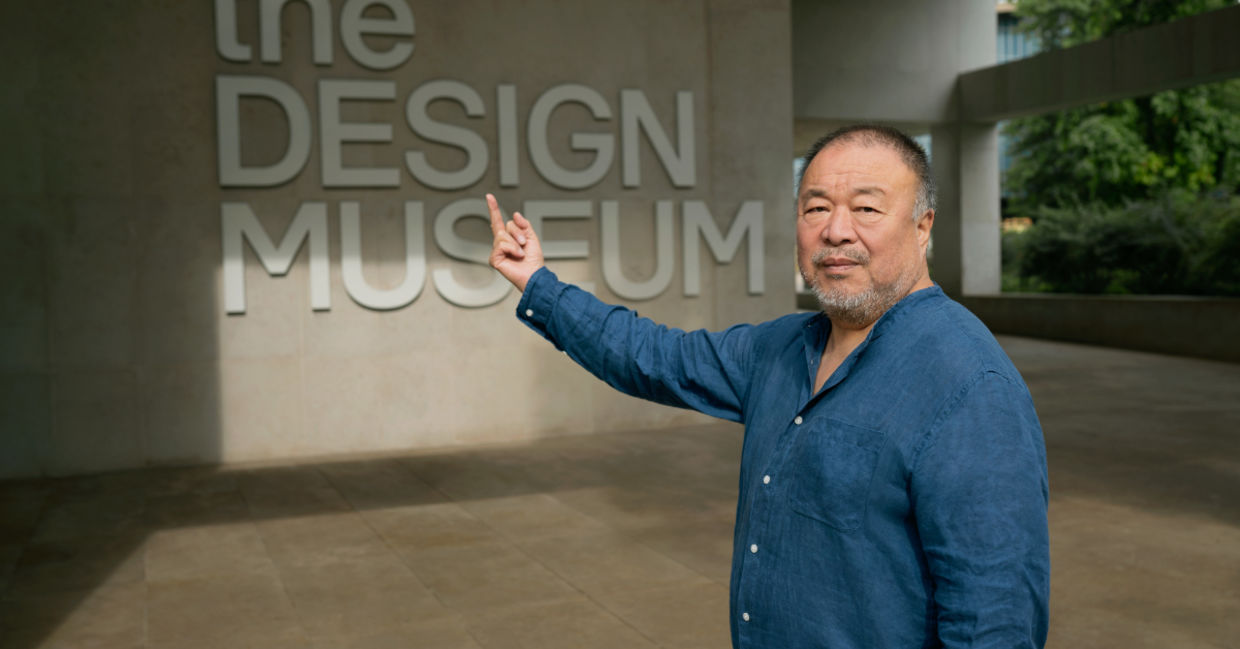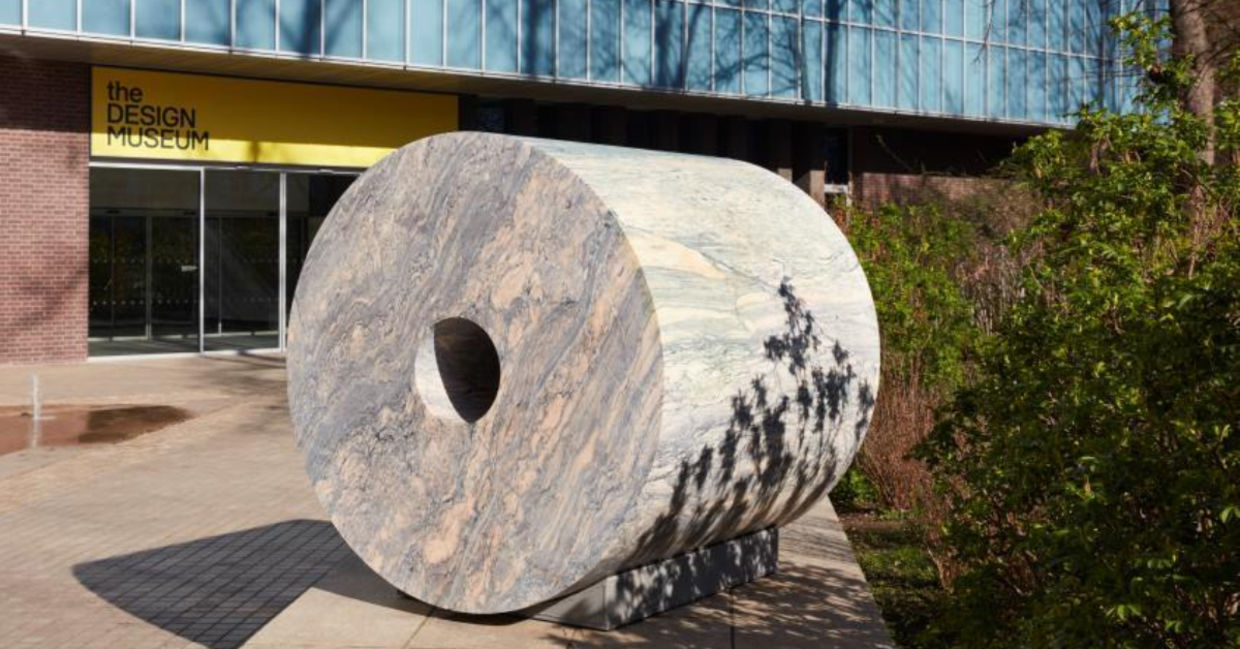While LEGO bricks are usually thought of as a toy, there are a myriad of other uses for these colorful interlocking pieces. So much so, that an acclaimed Chinese artist is using them as a medium for some of his greatest work.
Ai Weiwei, an artist and activist, just opened an exhibition at the Design Museum in London, UK, on April 6, reported Euronews. Titled Ai Weiwei: Making Sense, the exhibition features large onsite installations including his “Water Lilies #1”, the largest artwork made from LEGO bricks. The piece utilized 650,000 LEGO bricks – in 22 colors – to recreate one of Claude Monet's famous paintings.
In the original painting, Monet depicts the lily ponds in his garden which is seen as a celebration of nature, according to The Smithsonian Magazine. But Ai’s recreation has a different meaning.
There is a dark spot in the installation, symbolizing a door, put there by the artist as a tribute to his father and the years the family lived in an underground dugout in exile in China. The artist's early life colors the way he sees the world.
“Without a personal narrative, artistic narration loses its quality. In Water Lilies #1, I integrate Monet’s impressionist painting, reminiscent of Zenism in the east, and concrete experiences of my father and me into a digitized and pixelated language,” Ai said in a statement.
“Toy bricks as the material, with their qualities of solidity and potential for deconstruction, reflect the attributes of language in our rapidly developing era where human consciousness is constantly dividing,” he said.
Who is Ai Weiwei?
Ai is an artist, architect, filmmaker, designer, and a political activist. His early life steered him in all these directions, reported Euronews.
Ai was born in Beijing, China, in 1957 but grew up in the far northwest of the country where he lived in primitive conditions. That’s because his father, Ai Qing, a famous Chinese poet was denounced by the government and the family was sent to a labor camp where they lived for 16 years.
As harsh as this life was, Ai was exposed to art and literature and this greatly influenced his life choices. After the end of the cultural revolution, the family returned to Beijing where Ai enrolled in the city’s film academy. Ai was one of the founders of Stars, an early avant-garde group.
He moved to the US to study in 1981 where he was influenced by the works of contemporary artists like Andy Warhol. That’s when he began creating conceptual art by altering everyday objects, a style he still uses today.
Ai returned to China in 1993 where he worked as an artist and activist and he became an outspoken critic of the Chinese government. He was arrested in 2011 and detained for 81 days. He now lives in the west where his art is a testament to his commitment to social justice.

(Courtesy The Design Museum)
The London Exhibition
The Making Sense exhibition in the Design Museum is Ai’s first solo show in eight years. While the Water Lilies installation which is 15 meters long and covers an entire walls the centerpiece, there are dozens of other pieces that explore the themes of past and present and construction and destruction, reported The Guardian.
These include a Han dynasty urn with a Coke Logo and a sculpture of an iPhone cut out of a jade ax head as well as a piece that was made from thousands of fragments of the remains of the sculptures destroyed in 2018 when the Chinese government demolished Ai’s studio.
According to Euronews, the exhibition also features three works revolving around toilet paper that capture the Covid-19 lockdowns when people became dependent on ordinary objects. The exhibition opened on April 7 and will run through July 30, 2023.

(Courtesy The Design Museum/ Ed Reeve)







